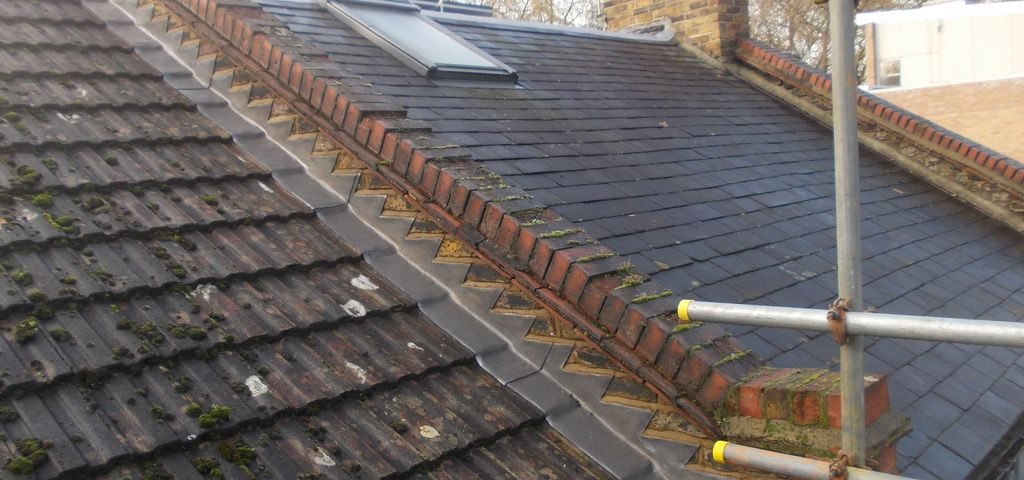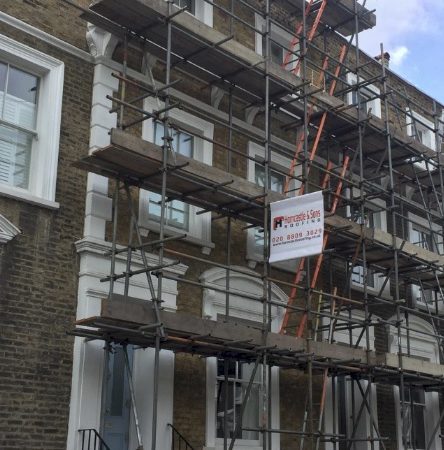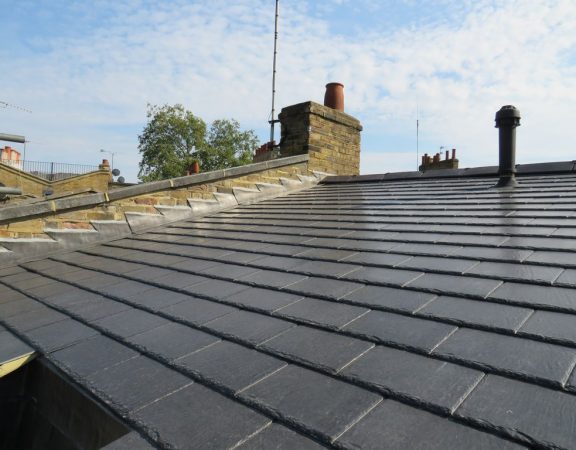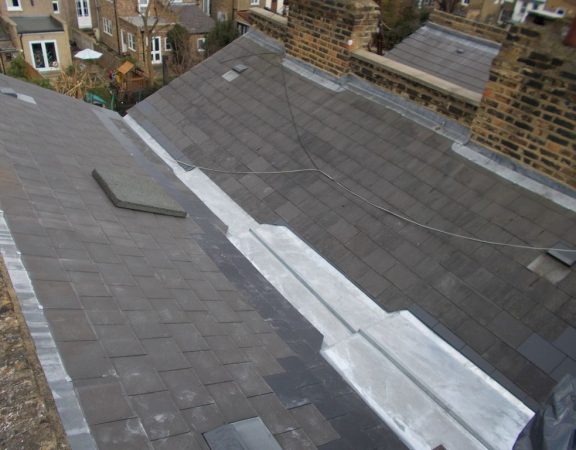Understanding Lead Flashings: Protecting Your Roof from Leaks
When it comes to keeping a roof watertight, few components are as important as flashing. Roof flashing is designed to seal the vulnerable joins and gaps where the roof meets other parts of a building, such as chimneys, walls, or valleys. Without properly fitted flashing, even the strongest roof covering will struggle to stop water from finding its way inside. Over time, this can lead to leaks, damp patches, mould, and even damage to the structure of your home.
At Horncastle Roofing, we often remind homeowners that flashing may not always be the most visible part of a roof, but it is one of the most essential. A roof inspection will usually highlight whether your flashings are in good condition or if they need replacing. Catching issues early can save both money and stress later on.
Why Lead Flashings Are So Effective
Lead has been used in roofing for centuries because it is strong, durable, and flexible enough to form around complex shapes. Lead flashings are especially effective at keeping water out of the small but critical gaps between roof coverings and brickwork. When installed correctly, they provide long-term protection against leaks and water ingress.
Incorrectly fitted flashings, however, can quickly lead to problems. Water may find its way behind the roof tiles or other coverings, resulting in damp timbers and interior damage. That’s why professional installation is so important. Horncastle Roofing always ensures that flashings are cut, fitted, and sealed to the highest standards, so homeowners can have confidence that their property is fully protected.
Main Types of Lead Flashings
There are several types of flashing, each designed for a specific purpose. The two most common used in roof projects are cover flashings and step flashings.
- Cover Flashings
Cover flashing is versatile and widely used across many different roof types. It is typically installed at the front and rear of chimneys, as well as on parapet walls. Suitable for both flat and pitched roofs, it acts as a protective shield to stop water running down into joints and weak points.
- Step Flashings
Step flashings are often fitted where the roof meets a vertical wall, such as alongside a chimney breast or dormer. The top part of the flashing is cut into the brickwork in a stepped pattern, resembling a staircase. Each ‘step’ ensures water runs off the roof surface and away from the joint, rather than seeping inside.
The accuracy of the cut, the depth of the brick chase, and the way the lead is pointed upon completion are all crucial for keeping the area watertight. Poorly executed step flashings are a common cause of leaks, which is why it pays to rely on experienced professionals like Horncastle Roofing.
- Linking Flashings with Other Roofing Materials
Flashings don’t work in isolation – they complement the rest of the roof system. For example, they must fit securely alongside roof tiles to ensure water flows down the surface as intended. In some modern designs, flashings may also need to be integrated with zinc roofing or other specialist coverings. The key is precision, making sure every joint is sealed properly and every material works together.
Protecting Your Home for the Long Term
Good flashings not only prevent leaks but also protect your roof structure from moisture-related problems. Left unchecked, trapped water can lead to rot, mould, and costly structural repairs. Choosing high-quality lead and having it installed by a trusted contractor gives peace of mind that your home is well safeguarded.
At Horncastle Roofing, we combine traditional skills with modern techniques to make sure every flashing we install is reliable, neat, and built to last. Whether you’re replacing damaged roof tiles, upgrading to zinc roofing, or simply arranging a roof inspection, checking the condition of your flashings should always be part of the process.
Lead flashings may not be the most eye-catching part of a roof, but they play a vital role in keeping your home warm, dry, and safe. By sealing the weak points where water could otherwise enter, they help to extend the life of your roof and prevent expensive repairs in the future.
When it’s time to repair or replace your flashings, turn to an experienced local company with a proven track record. Horncastle Roofing has the expertise to assess your roof, recommend the right solution, and carry out the work to the highest standard. With the right care and attention, lead flashings will protect your property for many years to come.






